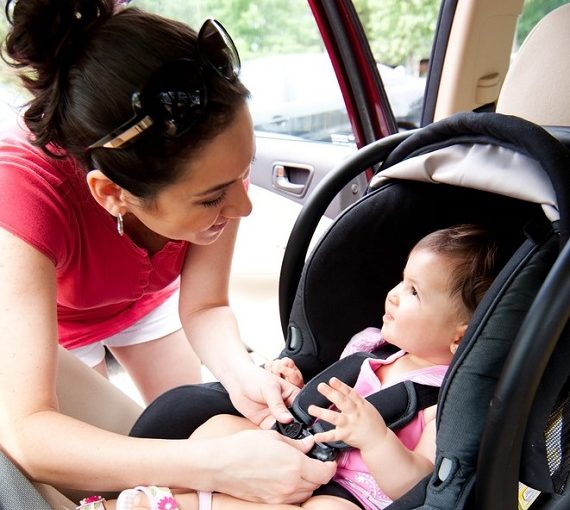Car crashes are the leading cause of death for US children aged 3 to 14, yet many of those deaths may be preventable with the proper use of car safety seats. A 2017 study by the CDC published in The Journal of Pediatrics showed that 20% of children who were in a car crash where someone died were not buckled in properly or were not wearing a seat belt at all, as were 43% of children who died themselves.
Buying a child safety or booster seat for your car shouldn’t be a quick or easy purchase if you want to ensure your child’s safety. Do you know the various types of seats and which is appropriate when? Are you choosing the right seat for your child and your vehicle? Is the seat properly installed and is your child properly secured? Do you know when to change/upgrade the seat as your child grows? The Mayo Clinic lists 9 common mistakes parents make when installing and using car seats.
First, know your state law. The Governors Highway Safety Association says that all states and territories require child safety seats for infants and children fitting specific criteria, but requirements vary based on age, weight and height. Often, this happens in three stages: infants use rear-facing infant seats; toddlers use forward-facing child safety seats; and older children use booster seats. They offer an overview of state laws.
For help in buying and installing the right seat, we offer several dependable sources you can turn to for research:
The National Highway Traffic Safety Foundation has a great car seat and booster seat guide with various tools to guide you through every stage. A few of the handy tools they offer include:
- Car Seat Finder where you enter the child’s birth date, height, and weight to find the right type of seat.
- Installation tips to ensure that your seat is properly deployed.
- Search tools to find places to get your car seat inspected and registered. By registering, you can to get recall and safety notices so your child can remain safe.
- Car seat glossary
- Used Car Seat Safety Checklist
Safe Kids Worldwide offers the ultimate Car Seat Guide , which offers practical tips to keep kids safe in cars from buying, installing, ensuring a safe fit, and when you should change the seat as your child ages. If you need help installing your car seat or would like a checkup to ensure that it is installed properly, Safe Kids coalitions have car seat checkup events and inspection stations around the country. If there isn’t an event near you, you can search for a certified child passenger safety technician (CPST) who can help you.
Consumer Reports also offers excellent Child Car Seat Ratings and Buying Guide, including the video below.
Wirecutter (from the New York Times) also offers consumer shopping guides to find the Best Infant Car Seat and the Best Booster Car Seats.
Reprinted from Renaissance Alliance – no usage without permission.





